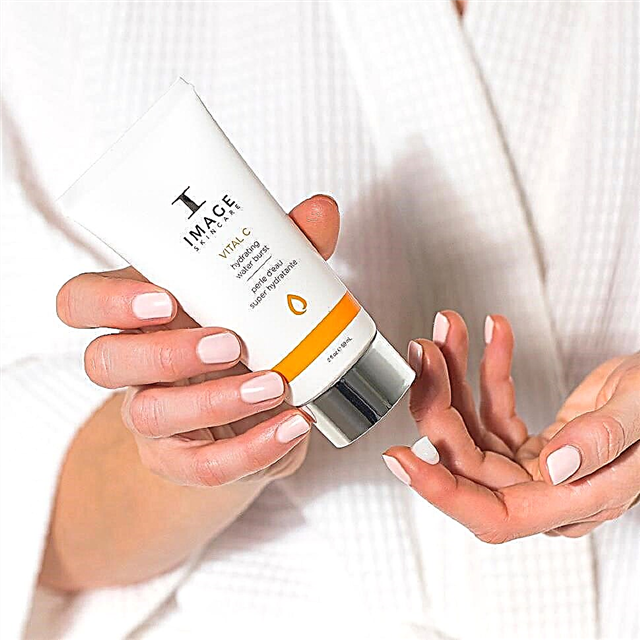Photoshop is currently the most demanded and popular graphics editor. Initially, only designers used the program Photoshop to create and design your web pages and images. Nowadays, almost everyone uses this straightforward image editing tool.
People use it to make their photos more attractive and hide some flaws. And images from magazine covers and advertisements are completely processed using the program Photoshop, thanks to which they have such an attractive appearance.
But there are also scammers who create false photos in order to post them on social networks and earn more "likes" and "distribution". Such photos look quite real, and sometimes so bizarre that it is difficult to believe what you see. They remove all defects, which is really difficult to distinguish a real photo from a forgery. Thus, how to distinguish a processed photo in the editor Photoshop from the original? In fact, such, so to speak, artists leave traces of their activities, by which one can judge the originality of photography.
Image editors process hundreds of photos a day, but they only remove defects, change the background, enhance which properties, which makes the appearance of the photo more attractive in general. But if you look closely, you can see some shortcomings, disagreements and traces of photo processing in a graphics editor. You might be interested in the article 10 body parts that Photoshop the most often.
So how do you know if a photo has been processed or not?
There are different ways to detect falsification, for example, study the background, check the setting, reflections, etc. There are even special applications that can check the image. This article is intended to help identify falsified images. Well, let's get started.
Without the use of specialized applications
As mentioned earlier, an effective way to distinguish a fake from a real photograph is through a detailed study of the image itself. No matter how professionally the image is veiled, a detailed examination can always find some flaws. Such flaws are the key to recognizing a counterfeit. Here are a few key points to help you distinguish between original and in-app photos. Photoshop.
1. Study the background
The background can tell a lot about whether some kind of manipulation of the photo was carried out or not, since sometimes it simply does not fit into the overall image of the picture. If you have doubts about the truth of the photo, you should start checking it by examining the background. If, for example, the background is distorted or has curved surfaces, then, undoubtedly, such a photograph was edited. When processing images, it is impossible to keep objects of perception ideal. An example image is given below.
Upon closer examination of the photograph, you will notice that that part of the background plane, which should be straight, is distorted and curved. Thus, we can conclude that the photograph has been processed. Also take a look at the article 10 celebrities "before" and "after" using Photoshop.
2. Studying lighting and shadows
Often, when removing or adding objects to the originals of photographs, such scammers pay insufficient attention to the fall of light and the formation of shadows. The direction of shadows, reflections, or the brightest areas of the image indicate falsification of the image. If there are no shadows or reflections, or edited in accordance with the incidence of light or other things, then, unambiguously, such a photograph is a fake.
The image above is an illustrative example of a ridiculous error of work in Phototshop... As you can see, the girl in the photo does not cast a shadow, which is not natural. In addition, you can see a clear discrepancy between the girl's illumination and the background of the image itself. The photo of the girl is brighter than the rest of the image, which makes her stand out from this background. It seems that the girl is flying, not walking.
3. Some minor bugs
As mentioned earlier, photographers often make mistakes, by which others can easily determine the presence of photo processing. This is especially true for magazine covers and advertisements, where flaws are clearly visible. Once in one photo I happened to see one extra leg, but in another photo the shape of the hands was not natural.
Also, the unnatural smoothness of the picture clearly indicates that the photo was processed in Photoshopsince we are all human and no one has such perfect smoothness. Take Priyanka Chopra's photo on the cover of a magazine as an example. Maximthat have gained popularity for several reasons, both good and bad. One has only to look at the picture, although she looks damn gorgeous, you can see the unnatural smoothness of her armpits.
4. Checking the file and its metadata
Another effective way to check the originality of a photo is to examine its metadata. Each photo contains characteristic metadata about the file. One of such information is EXIF data, which can tell about the last software or file extension in which it was saved, which camera was made, and so on.
Such software, capable of reading EXIF data, can be found on the Internet. But one thing should be remembered that not all EXIF data are the same, since they depend on the camera settings, respectively, only this information is saved.... In addition, there are many ways to remove EXIF data from a file.
Photo authentication apps
Thus, above we examined ways to detect falsification of photographs. But what to do if it is not possible to visually identify falsification, but there are doubts about the authenticity, here specialized software comes to the rescue. With its help, you can determine whether the image has been processed or not. It's about the best.
1. FotoForensics program
Fotoforensics is one of the best applications that can detect the presence of editing. It doesn't take much time to process. Most interestingly, the application does not read the file's metadata to determine if the photo is the original. The app also doesn't need RAW images to check the photo itself.
The program evaluates the photo based on other factors, such as brightness, if some part of the image is brighter, then the image was obviously processed.
2. Izitru software
Izitru Is another unique tool for determining the authenticity of a photograph. The program uses metadata and other factors in its work. This tool can easily determine the authenticity of the image. But it does not show any discrepancies in the photo. Therefore, for those who want to know which section was edited, there will be a slight disappointment. After analysis, it issues a certificate of authenticity.
3. Image Error level analysis software
You can also use such a tool to identify the authenticity of a photograph. Tool Image Error level analysis produces results based on compression and the number of pixels in an image. It doesn't matter when the image has been modified, the tool finds the changed areas every time and highlights them, thereby allowing you to see which area has been changed.
The article presented ways to distinguish the original photograph from its edited copy.First of all, this can be done using visual inspection, but if there are no obvious signs of processing, then specialized software can help in this case.
We recommend watching:
Apparently, the editors of some magazines did not think about the fact that the photographs in their edition could attract increased attention: so, the most implausible photographs of celebrities who were "photographed" too much for the cover of the magazine.



